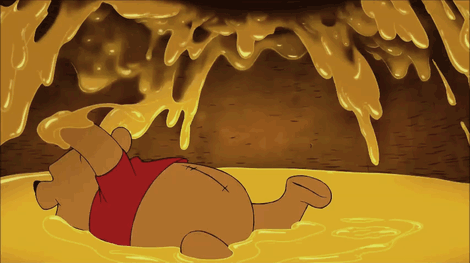Who knew that algae could be so cool and yet so gross at the same time?
This week, for the algae component of my research project, I was able to obtain an algae sample from a co-worker. He obtained this sample from Ascarate Park, a water source here in El Paso. The day that I brought it into the lab I felt like the coolest kid at show and tell. The graduate students were both amazed and a bit grossed out by the newest addition to the lab. (This is exactly how Jimmy Sanchez must have felt in the 2nd grade when his mom let him bring his new puppy to show and tell.) :0) My next steps with the algae is to find an effective way to grow it in the lab. The idea then is to expose the algae to titanium dioxide to see if the algae growth and replication will be inhibited. Now, you may be asking yourself…why? Well, with the thousands of algae species that have been classified so far, there are a number of consequences to algae ranging from rashes, stomach and liver complications, respiratory problems, neurological affects and even death! Not to mention the negative consequences on the organisms that live in water sources polluted by algae.
Until an effective method of cultivating algae in the lab is found, I am currently assisting in an experiment to determine the effectiveness of titanium dioxide (Ti02) paint as a tool for purifying water. To date, a number of indicators have been used to identify if the chemical reactions (the formation of ROS: reactive oxygen species) used to identify effective water purification are taking place. So far methyl orange and blue have been used as indicators to test the effectiveness of the paint. An interesting addition to the use of methyl blue and orange is the use of food dyes? Why food dyes you ask? An extension to the application of the titanium dioxide is to coat plastic buckets with the titanium dioxide paint for individuals who do not have access to clean water sources. Then, after the buckets are filled, they can be exposed to sunlight. These individuals will then know when the water is clean based on the absence of the food coloring as its absence indicates that the water purification process is complete.
Below you will see the plates being used for this experiment. Each plate contains dioxide water and food coloring. The plates are then exposed to sunlight with samples taken every 20 minutes for an hour and 20 minutes.

From left to right: control, resin only, 1% Ti02, 2.5% Ti02, 5% Ti02 and 10% Ti02.
For the initial red food dye experiment you can see below how the 10% concentration of the Ti02 is the most effective but the 5% and the 2.5% concentrations are not lagging too far behind.
From left to right: control, resin only, 1% Ti02, 2.5% Ti02, 5% Ti02 and 10% Ti02.
…mind blown.
Until next week my nanopeeps!
:0)




























